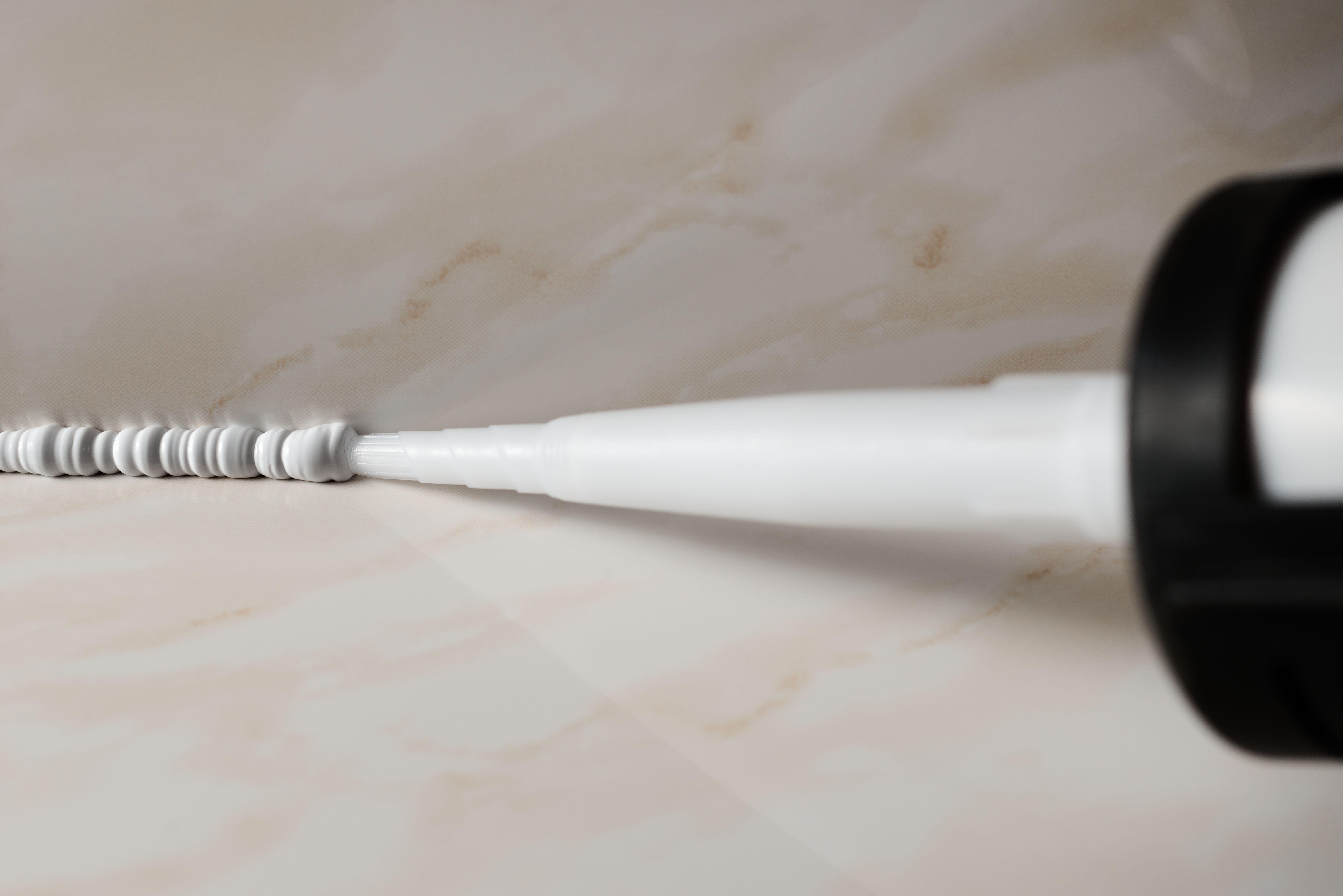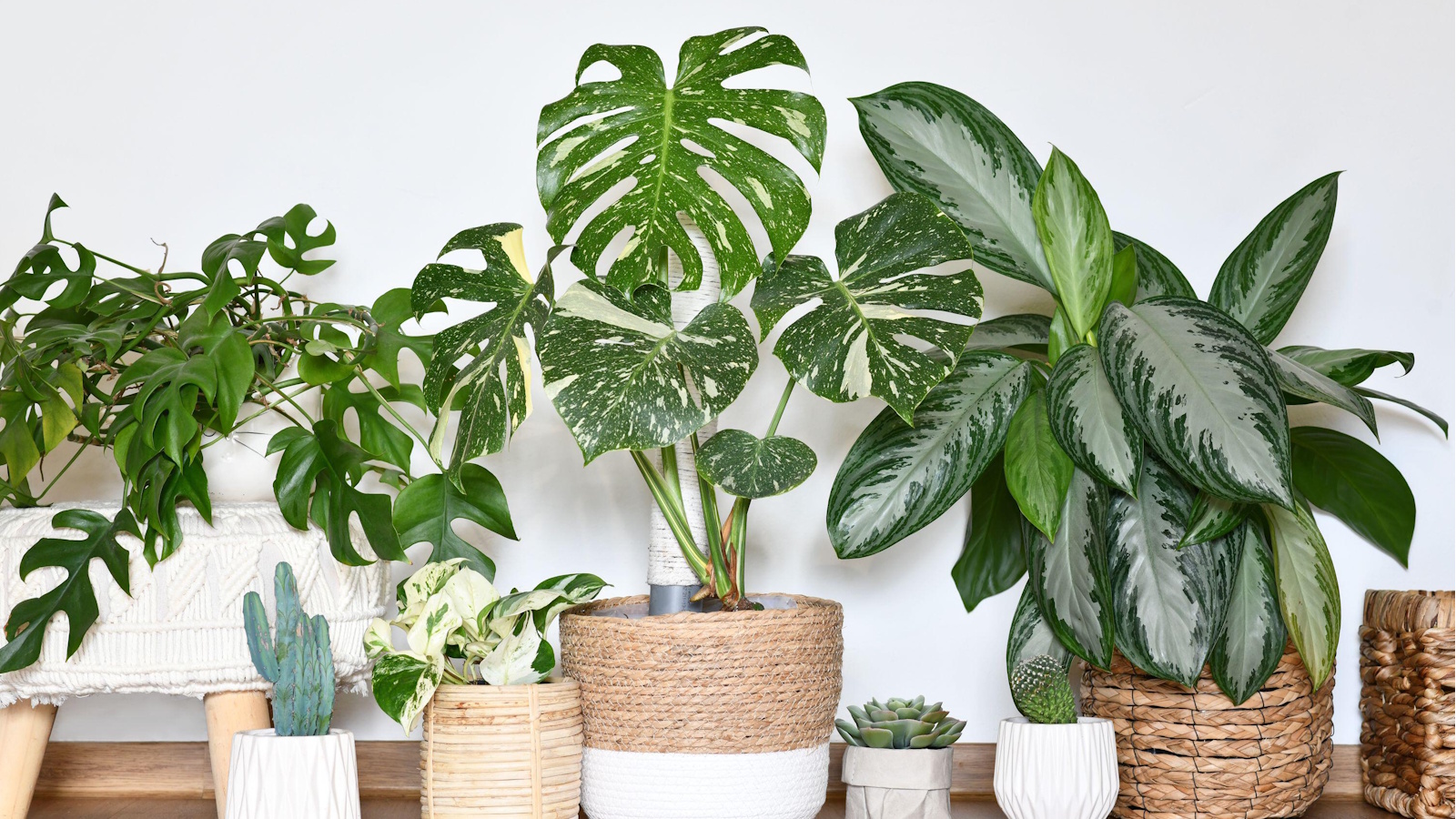How to caulk a shower: a simple DIY route to a brighter finish
Learn how to caulk a shower and you can replace that grubby caulking to get back to an all-round refreshing showering experience


Learning how to caulk a shower is a worthwhile DIY skill to have because it's likely you will have to repeat it year after year to keep your bath or shower area looking fresh. Over time, grime and dirt can build up in the angles of the bath or shower enclosure or the caulk itself can simply break down, with leaks making their way into the fabric of your home.
The good news is that caulking a shower is a simple task and fixing faulty or dirty caulk really won’t take long. It's also a job that can be done at the same time as grouting tiles if you are refreshing those, too. Take a chunk out of your weekend for an easy caulking job.
How to caulk a shower
If you already know how to caulk a bathtub, you're set. If you are tiling in a shower for the first time, it's likely you will need to learn how to caulk a shower, too. All you need is a little patience, a few DIY tools and some handy tips. Bear in mind though that you won’t be able to hop into the shower until the caulk has cured, which can take a day or two.
You will need:
- Utility knife or box cutter
- Razor scraper
- Tweezers or needle nosed pliers
- Clean cloths
- Paper towels
- Vinegar
- Methylated spirit (denatured alcohol)
- Bleach solution or mold remover solution
- Painter’s tape – Scotch General Use Masking Tape is highly rated on Amazon
- Caulk scraper – we like this General Purpose Plastic Razor Blade Scraper
- Caulk remover – Orange-Sol De-Sovl-it Contractors Solvent is very effective
- Non-abrasive pad
- Bathroom caulk (silicone) and cartridge gun
- Sealant scraper, smoother and profile tools
- Protective gloves (goggles – optional)
- Dust sheet
1. Prepare the surface
It’s best to work on a completely dry shower so after you’ve used it, open the window to let any moisture escape the room. Wipe the surfaces thoroughly with a cloth or paper towels and leave it to dry completely, overnight if possible.
If you’re in a hard-water area, limescale may have built up around the joints. Put on your protective gear and deal with this first by soaking paper towels in vinegar and leaving them in place for around half an hour – cleaning with vinegar saves you buying more chemical cleaners. Check a few times while waiting in case the vinegar is damaging the surface. Rinse and wipe dry.
2. Strip off the old caulk
Next put a dust sheet in the shower to catch the old caulk and ensure it doesn’t get into the drain. This will also ensure your shoes don’t scratch the shower tray. To strip off the old caulk, use a sealant remover. Apply it to all the previously caulked areas – inside and outside the shower – following the instructions on the pack, wait the recommended time (which could be up to three hours) then use a plastic scraper tool to scrape it away.
You can also tackle old caulk with a utility knife, box cutter or razor scraper, but angle the knife carefully to avoid cutting into the surfaces, or use the plastic razor we have recommended above. Pull off any remaining bits with pliers or tweezers or if they’re stuck fast, soften them up with sealant remover and scrape with the smoother tool. Finish off with a non-abrasive pad or, on delicate surfaces, a cloth dipped in denatured alcohol (methylated spirits).
3. Prep for caulking
If there’s any mold or mildew along the joints, this will come back to haunt you, so douse a cloth with a little bleach mixed with water and apply it, then rinse off. When dry, wipe all the joints with denatured alcohol on a cloth. To ensure you can apply the sealant neatly, stick strips of painter’s tape along the joints with a narrow gap between them to run the caulk.
4. Caulk the shower
The caulking area needs to be completely dry. Trim off the end of the silicone sealant cartridge. Carefully cut the nozzle at a 45 degree angle. ‘Start by cutting off a small amount,’ says Beth Pearce, Category Manager for Construction and Internal Building at B&Q. ‘You can always cut more afterwards if you find you need a bigger bead.’
Screw the nozzle to the cartridge and insert in the caulking gun. 'Using a sealant gun is easy, but you might want to practice a little first to get an even bead of sealant,’ says Beth. 'A few squeezes of the handles and you’ll be ready to go.’
Run sealant along the joints, squeezing the handles evenly to release it. Run the smoothing tool along the seam or use a finger dipped in dish detergent, then remove the painter’s tape. Although it quickly forms a skin, silicone caulk may need longer than one day to fully cure. Follow the pack instructions on when you’ll be able to use the shower again.
What happens if you caulk over old caulk?
If the shower is old and hasn’t been cared for in the past, there may be layers of lumpy, bumpy built-up caulk. This may have broken up in places where water can collect and it can harbor areas of mold and grime. Covering it up is a bad idea. It’s far better to strip off the old caulk, giving an even, clean surface for the new caulk.
What to use to seal around a shower?
The most suitable caulk for a bath or shower area is silicone. This sealant is waterproof – essential for a showering area – but that also means that when applying it the surface must be completely dry or the silicone won’t stick. For a pristine result, pick out a silicone caulk that’s labelled for bathroom use and it will resist mold, too.
Sign up to the Homes & Gardens newsletter
Design expertise in your inbox – from inspiring decorating ideas and beautiful celebrity homes to practical gardening advice and shopping round-ups.

Lola Houlton is a news writer for Homes & Gardens. She has been writing content for Future PLC for the past six years, in particular Homes & Gardens, Real Homes and GardeningEtc. She writes on a broad range of subjects, including practical household advice, recipe articles, and product reviews, working closely with experts in their fields to cover everything from heating to home organization through to house plants. Lola is a graduate, who completed her degree in Psychology at the University of Sussex. She has also spent some time working at the BBC.
-
 9 longest-living houseplants – expert recommendations and tips for species that can live over 10 years
9 longest-living houseplants – expert recommendations and tips for species that can live over 10 yearsInvest in these houseplants now for years of luscious foliage in your home
By Tenielle Jordison Published
-
 Kris Jenner's 'organic modern' living room champions the most talked-about trend of 2025 – it's the new way to do luxe-minimalism
Kris Jenner's 'organic modern' living room champions the most talked-about trend of 2025 – it's the new way to do luxe-minimalismSimple silhouettes, organic textures, and industrial nuances infuse functional pieces with elegance to create an effortlessly chic and easy-to-live-with living space
By Jennifer Ebert Published